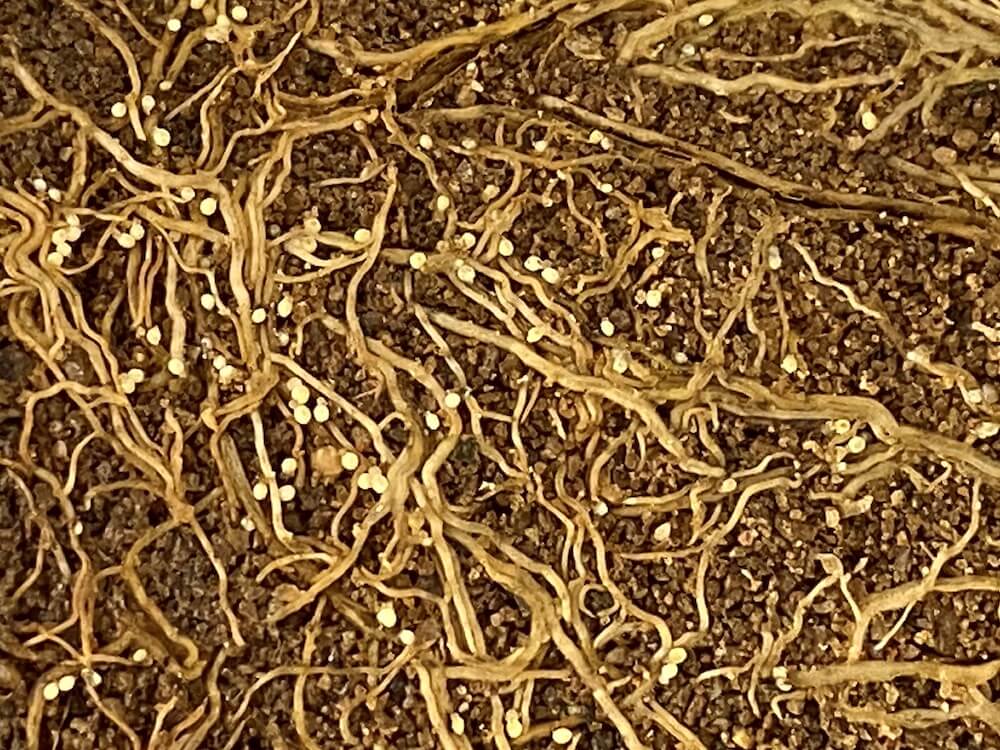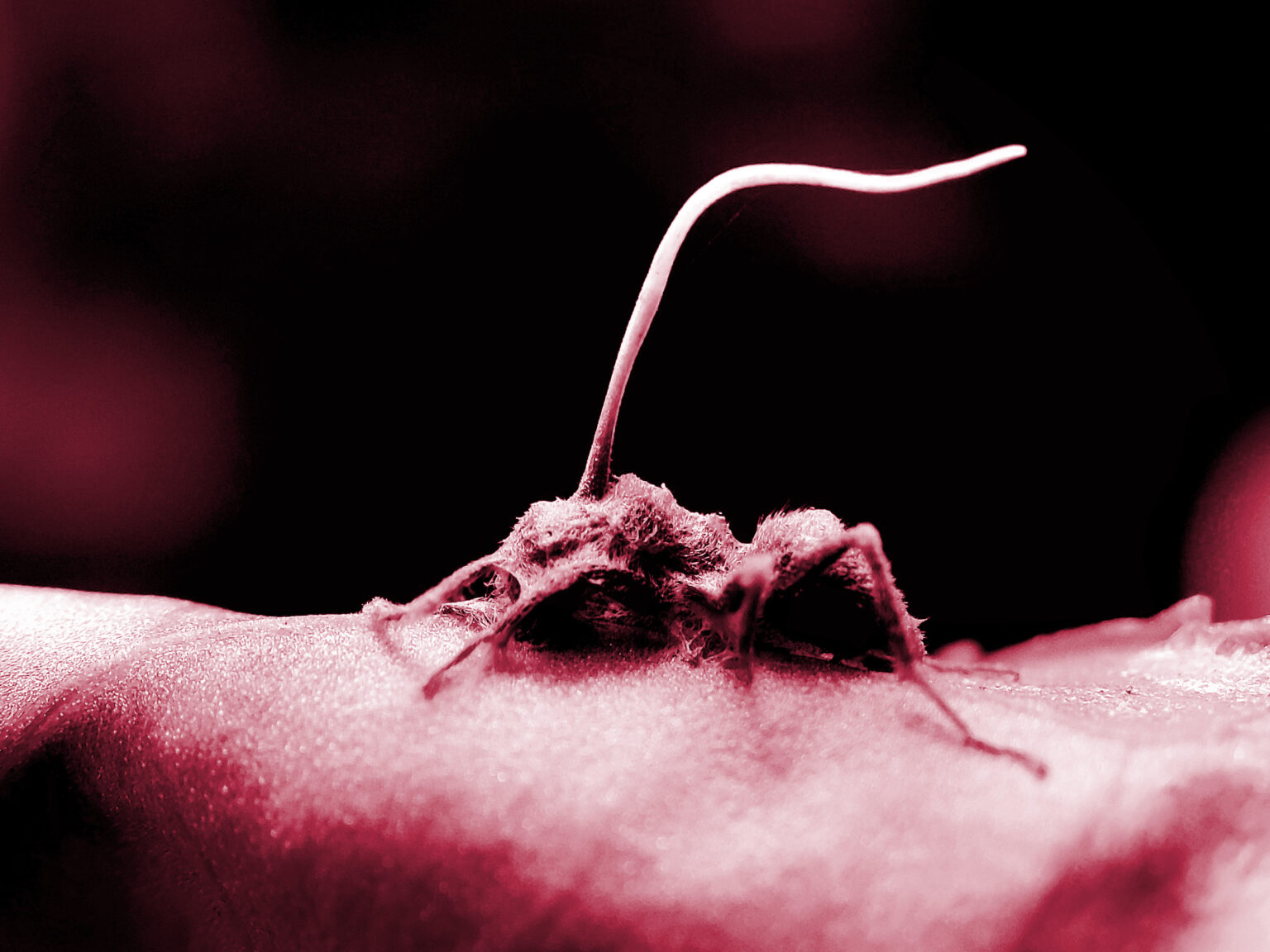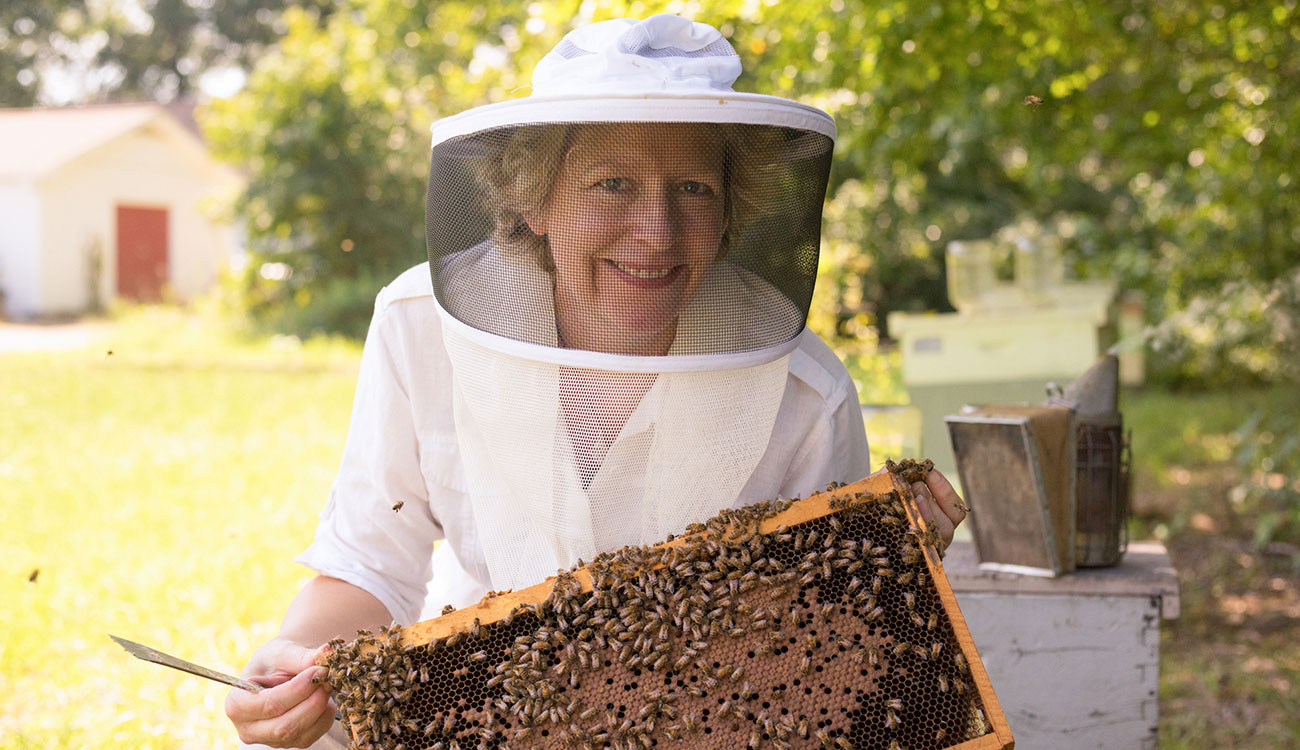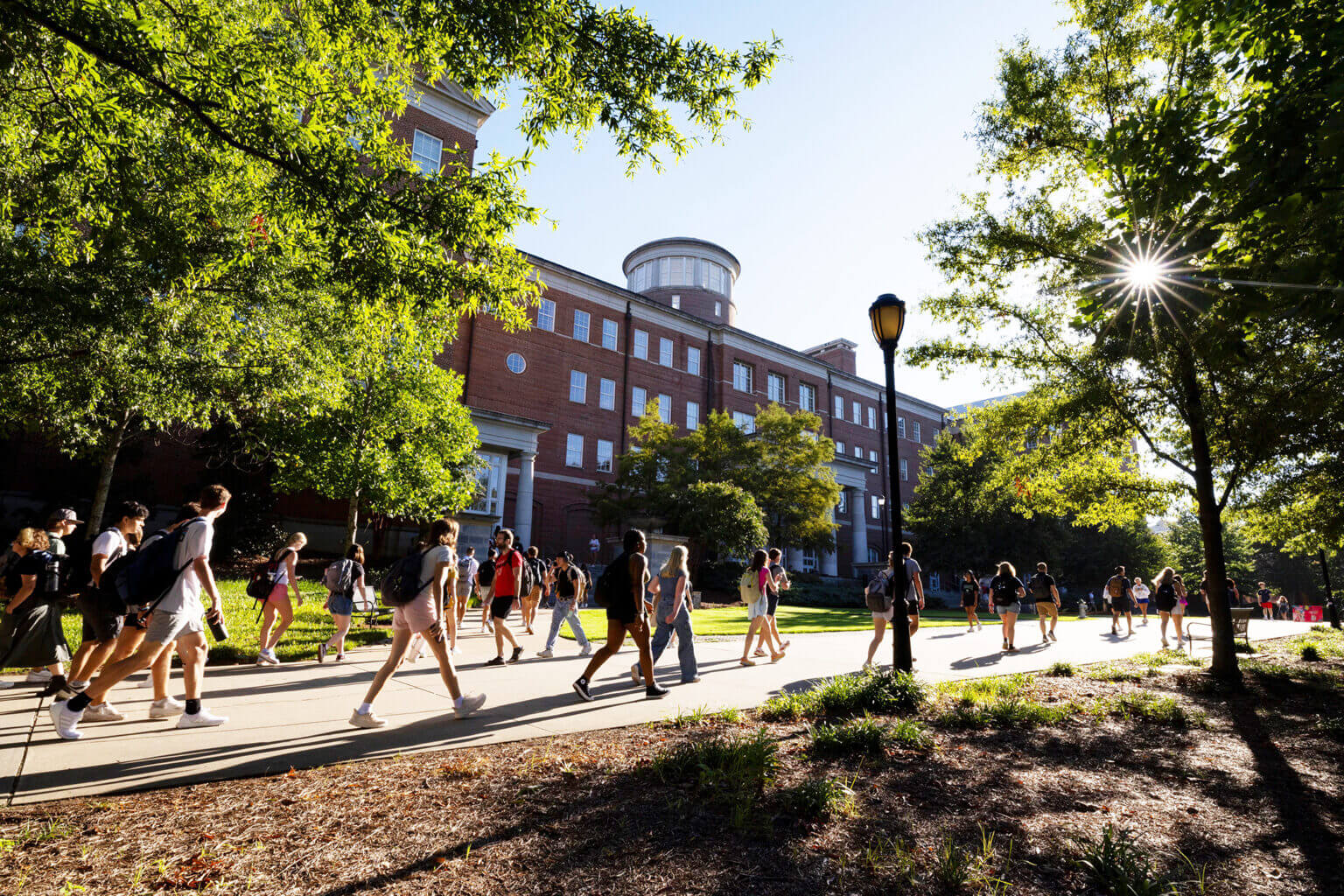 CAES News
CAES News
Nematode Breakthrough
Researchers have made a major discovery in the fight against soybean cyst nematode (SCN) by focusing on the genetics of the parasitic roundworms. Extensive genetic sequencing and mapping helped them identify a handful of likely genes behind the tricky pests’ ability to skirt soybean genetic resistance. Knowing how these SCN genes and soybean genes interact and evolve will help the industry identify the virulence of SCN populations so farmers can better use the genetic resistance currently available to fight the pest.





.jpg)



